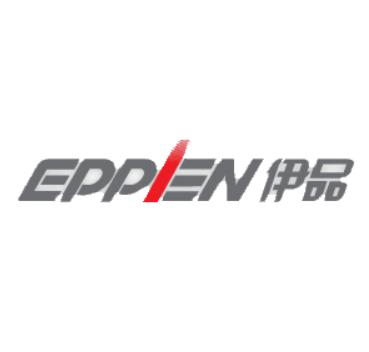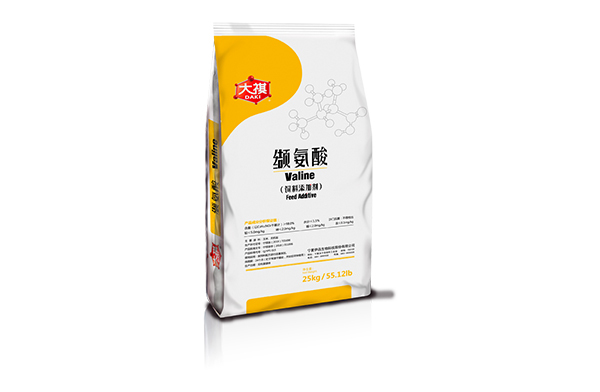L-Valine Feed Grade
[Feature]White crystalline or crystalline powder, odorless, slightly sweet and bitter
[Molecular formula]C5H11NO2
[Relative molecular weights]117.15
[Quality standard]
Standard:QYPS 015-2018 |
Content(dry basis),% | ≥98.0 |
Crude ash,% | ≤0.5 |
Loss on drying,% | ≤0.5 |
Specific rotation [α]Dt | +26.0°~+29.0° |
Cadmium,(mg/kg) | ≤2 |
Lead,(mg/kg) | ≤5 |
Arsenic,(mg/kg) | ≤2 |
Mercury,(mg/kg) | ≤0.1 |
Salmonella | not detected |
pH(aqueous solution 1%) | 4.5-7.0 |
[Product introduction]
1. L- Valine is branched chain amino acid, which is among the 8 kinds of essential amino acids and glycogenic amino acids for human body. It can promote normal growth of body, repair tissue, regulate blood sugar and provide needed energy. Dissolved in water, almost insoluble in ethanol;
2. The quality standard of L- valine requires content (≥98.0%), moisture (≤0.5%), ash (≤1.5%), PH value (4.5 ~ 7.0), and specific rotation (26.0°~ 29.0°);
3. Physical and chemical properties: white crystalline or crystalline powder, odorless, slightly sweet and bitter. View;
4. L- Valine is an essential amino acid, which can be supplemented by dietary sources. Its natural food sources include grains, dairy products, fragrant mushrooms, mushrooms, peanuts, soy protein and meat. Although most people can get enough from their diet, cases of valine deficiency are also common. When valine is insufficient, the central nervous system function of the brain will be disordered and ataxia will lead to tremor of limbs.
[Specifications]25kg
[Shelf-life] 24 months
[Storage and transportation]It shall be stored in a cool, dry, ventilated and pollution-free warehouse and shall not be stored together with toxic, harmful and odorous articles. During transportation, rain and insolation are strictly prohibited, and mixed transportation with toxic, harmful and corrosive substances is strictly prohibited.
Valine is one of twenty protein amino acids. From a nutritional point of view, valine is also an essential amino acid. Its English name valine is named after valerian, and its Chinese name is also called valine. Its codons are guu, Gua, GUC and GUG. It is a nonpolar amino acid. In sickle cell disease, valine in hemoglobin replaces the hydrophilic amino acid glutamate: because valine is hydrophobic, hemoglobin cannot fold correctly. Valine is completely electrically neutral. When its side chain is also neutral, and the charge generated by its amino and carboxyl groups is just balanced, this molecule is called zwitterion. Food sources rich in valine include white cheese, fish, poultry, cattle, peanuts, sesame seeds and shore beans.It is used in medicine as one of the components of amino acid infusion, and can also be used as a nutritional supplement
IUPAC
(2R)-2-amino-3-methylbutanoic acid






























